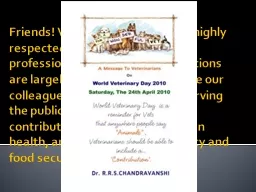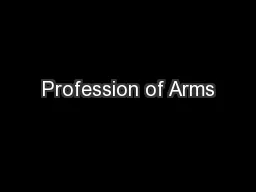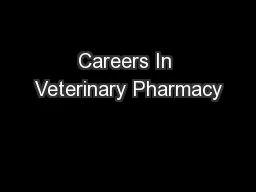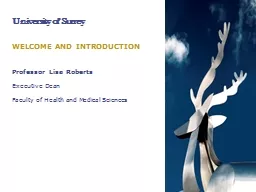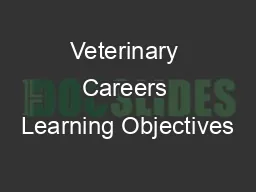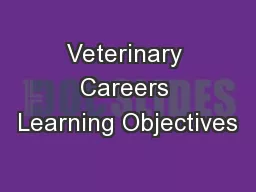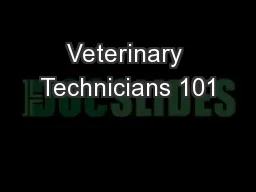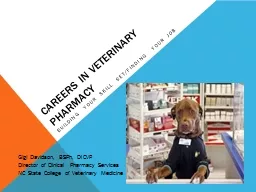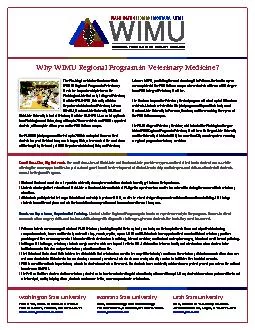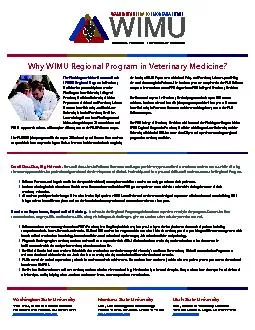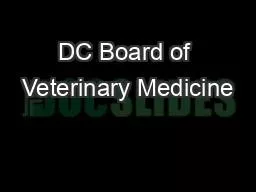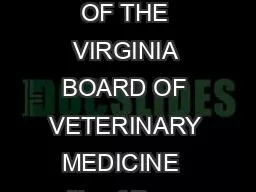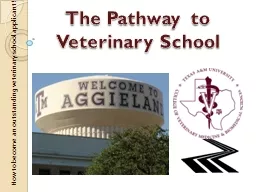PPT-Friends! Veterinary medicine is a highly respected and compassionate profession. However,
Author : kinohear | Published Date : 2020-06-16
security Veterinary Public Health and Zoonoses Dr Nicole Seng Lai Giea Recent z oonoses BSE Hendra virus Nipah virus Menangle viral infection SARS RVF never
Presentation Embed Code
Download Presentation
Download Presentation The PPT/PDF document "Friends! Veterinary medicine is a highly..." is the property of its rightful owner. Permission is granted to download and print the materials on this website for personal, non-commercial use only, and to display it on your personal computer provided you do not modify the materials and that you retain all copyright notices contained in the materials. By downloading content from our website, you accept the terms of this agreement.
Friends! Veterinary medicine is a highly respected and compassionate profession. However,: Transcript
Download Rules Of Document
"Friends! Veterinary medicine is a highly respected and compassionate profession. However,"The content belongs to its owner. You may download and print it for personal use, without modification, and keep all copyright notices. By downloading, you agree to these terms.
Related Documents

